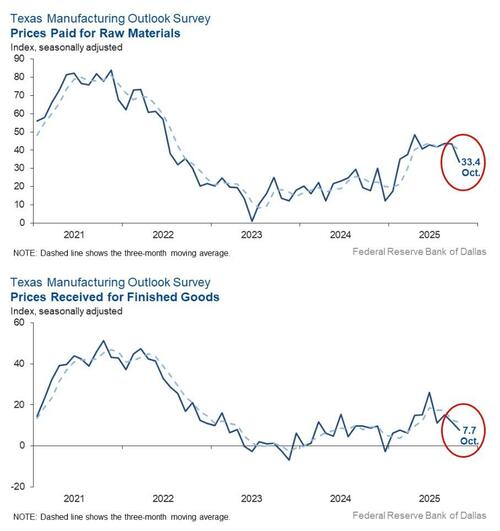Shock New Report Lays Out the Full Scale of Environmental Damage Caused by Onshore Wind Turbines

Fresh insights into the ecological devastation caused by onshore wind turbines around the world are contained in a shocking new paper published last month by a group of ecologists in Nature. The paper is paywalled and has attracted little mainstream media interest, but it highlights research that illustrates that the effect of utility-scale wind energy production “can be far reaching and sometimes have large and unexpected consequences for biodiversity”. An annual figure of around one million bats are killed in the countries with the highest number of turbines, but harmful effects are seen in many other parts of the ecosystem. The number of top predators such as jaguars, jungle cats and golden jackals can be changed by turbines in tropical forest gaps leading to the “possibility for cascading effects” along similar latitudinal levels.
In short, the science team notes that turbines can kill birds, bats and insects, change animal behaviour, physiology and demography and alter ecosystems. The installation of wind turbines invariably results in habitat degradation, but it is regions rich in biodiversity with minimal existing infrastructure that suffer the most. The authors state that wind facilities “are recognised as an important driver for losses and degradation of irreplaceable habitats that are important for conservation.” Such areas, of course, can be found in the windy highlands of Scotland. For City-dwelling eco zealots, it is a case of out of sight, out of mind. Net Zero is all about money and power – bats and eagles have neither.
The Nature paper is a wake-up call about the increasing damage that is being inflicted on natural habitats by wind turbines that are steadily increasing in size and destructive potential. It is a summary of the latest findings about the effect of turbines and it is not sanguine about the future. “Perhaps the greatest unknown in predicting future effects of wind power on biodiversity lies in the scope of the potential expansion of the technology and the cumulative consequences of this expansion for species and ecosystems”. A 2021 USA report on the potential pathways to Net Zero emissions is noted and this suggests using up to 13% of the land area for wind farms. The new Trump Administration is likely to put a stop to this madness which the scientists observe could have “dramatic consequences for biodiversity”.
The BP Deepwater Horizon accident is generally considered the worse US offshore oil spill. Estimates vary but it is thought to have led to the deaths of around 600,000 sea birds and the incident led to widespread condemnation by environmentalists that continues to this day. Slightly less publicity is given to the 500,000 bats killed onshore in the US by wind turbines every single year. In the UK, 30,000 is the estimated annual kill number, with Canada at 50,000 and 200,000 in Germany.

Many bird species are also at risk, with large raptors a conspicuous example. It is admitted that limited information is available on population-level consequences, but available evidence suggests the turbines could threaten certain species with local extinction, particularly those at risk with low reproduction rates. Possible population collapse has been predicted for cinereous and griffon vultures in Europe and the Eurasian skylark in Portugal. Other predictions suggest population declines for hoary bats in North America, lesser kestrel in France and black harriers in South Africa. Population declines have been reported in central Europe for animals with high-collision risk such as the noctule bat, while nearly 50% of bird species evaluated in one study in California were said to be subject to turbine-induced population decline. Meanwhile, the mortality of golden eagles at Altamont Pass Wind Resource in California is said to be so frequent that local populations are sustained by immigrants. Finally, the authors report that the globally endangered Egyptian vulture in Spain has a lower survival rate, population growth rate and size in the presence of wind facilities.
Who really cares? The UK Bat Conservation Trust states that climate change poses a “significant threat” to UK bat populations. “We need energy-efficient housing and renewable energy to help mitigate for climate change for the benefit of bats, people and the wider environment”, it adds. It is fair to say that similar understanding is not extended to developers encountering the presence of bats other than ‘Green’ entrepreneurs.

The giant turbines regularly sweep the countryside of insects, and the report notes that fatalities can be great enough to contribute substantially to the build-up of debris on blades. In fact, one of the report’s authors, Professor Christian Voigt, has stated in earlier work that it was necessary to evaluate if fatalities added to the decline of insect populations “and potentially the extinction of species”. In a 2022 paper, Voigt reported that turbines can change the nearby microclimate, while vibrational noise may reduce earthworm abundance with likely cascading effects on soil quality and vegetation.
Mass slaughter of bats and raptors is already known, but this new report casts fresh light on the cascading effects on the natural world of increasing numbers of giant wind turbines. That said, the report admits that biodiversity impacts have been documented for only a few small taxa, but the impacts are “not negligible”. Proponents of wind power often claim that wind energy’s impacts on biodiversity will be less than climate change, it is noted. The authors find this “plausible”, but the assumption is said to be “untested”.
Yet another untested assumption driving the destructive madness of Net Zero, others may conclude.
Chris Morrison is the Daily Sceptic’s Environment Editor. Follow him on X.
Recent Top Stories
Sorry, we couldn't find any posts. Please try a different search.











